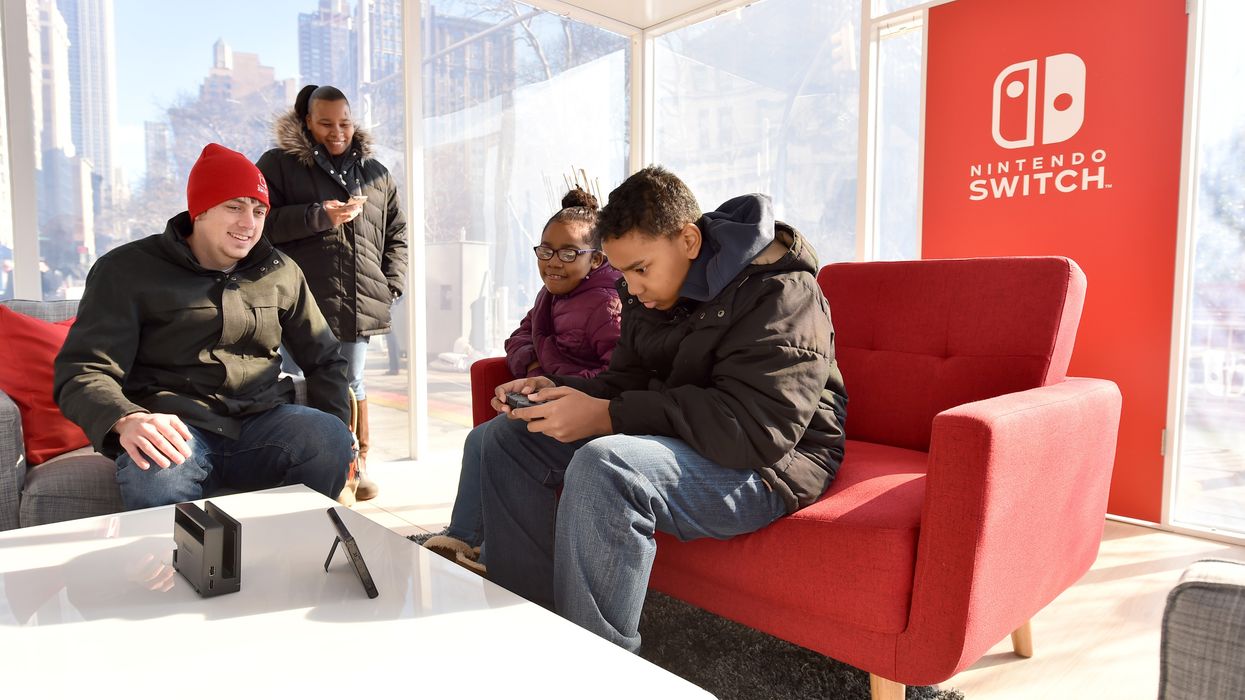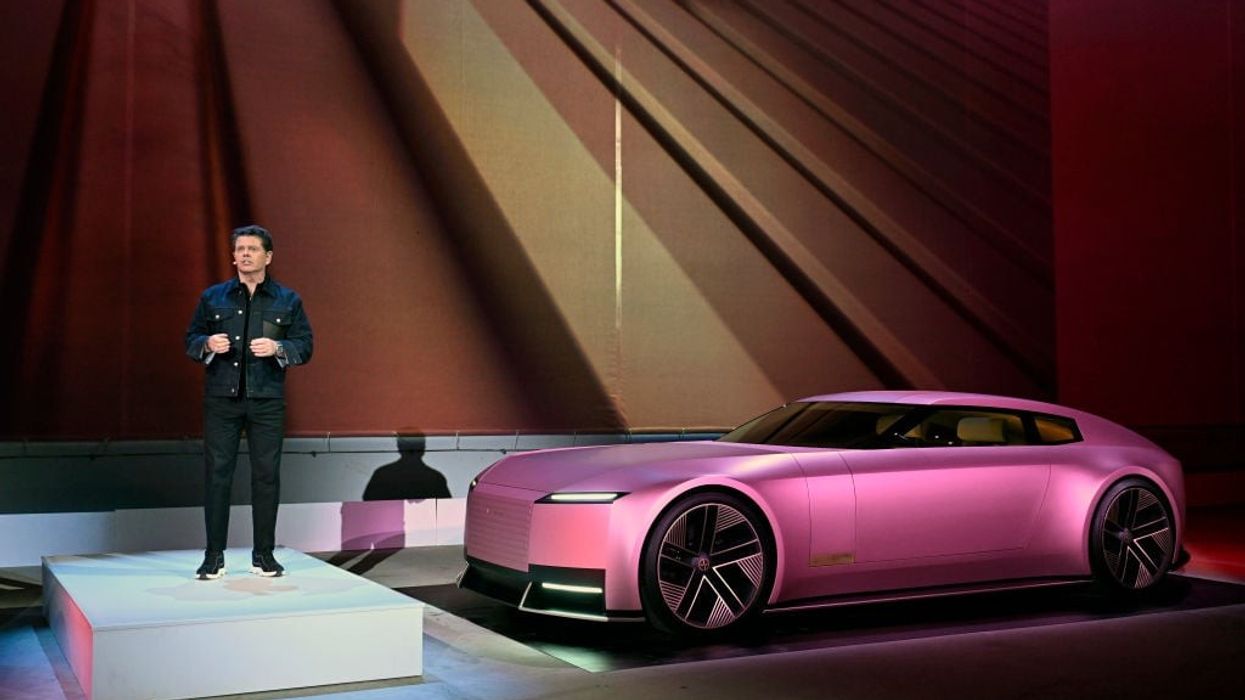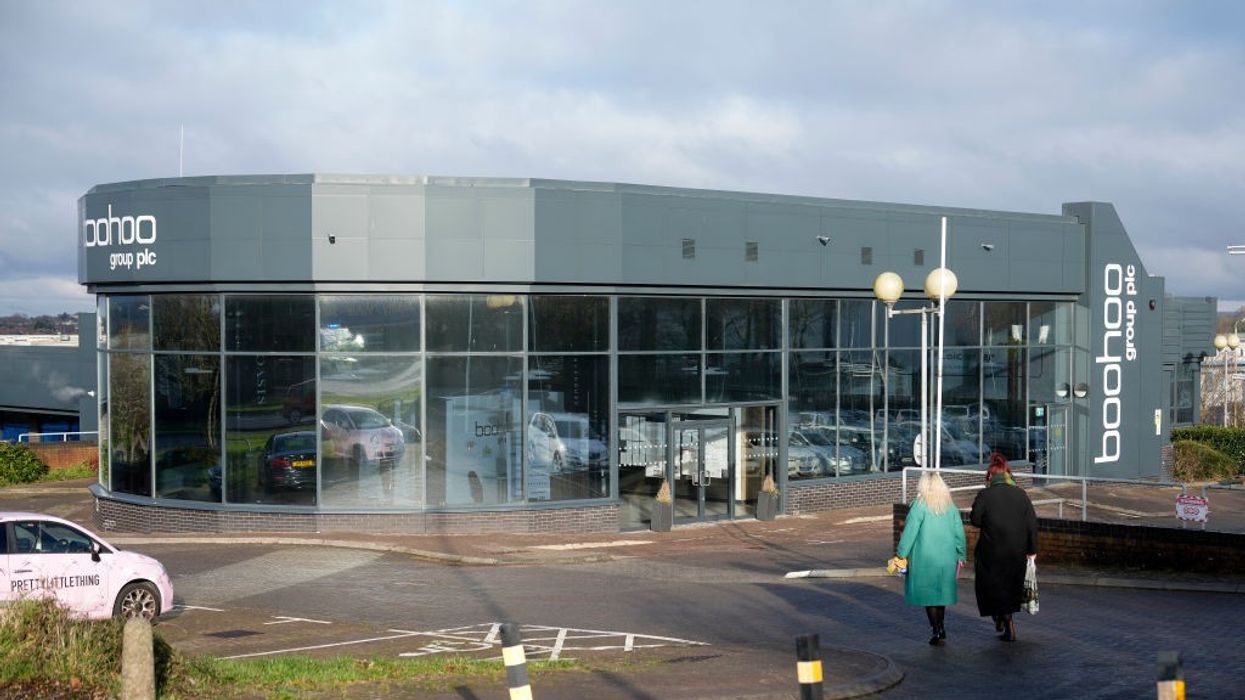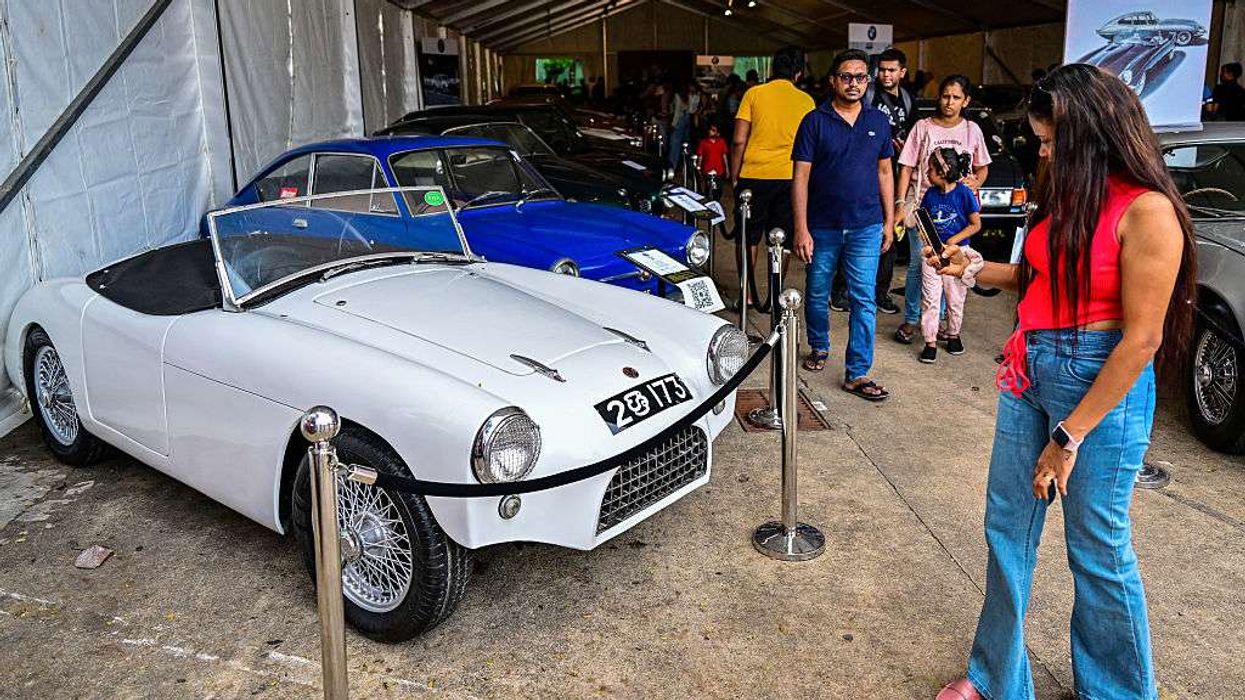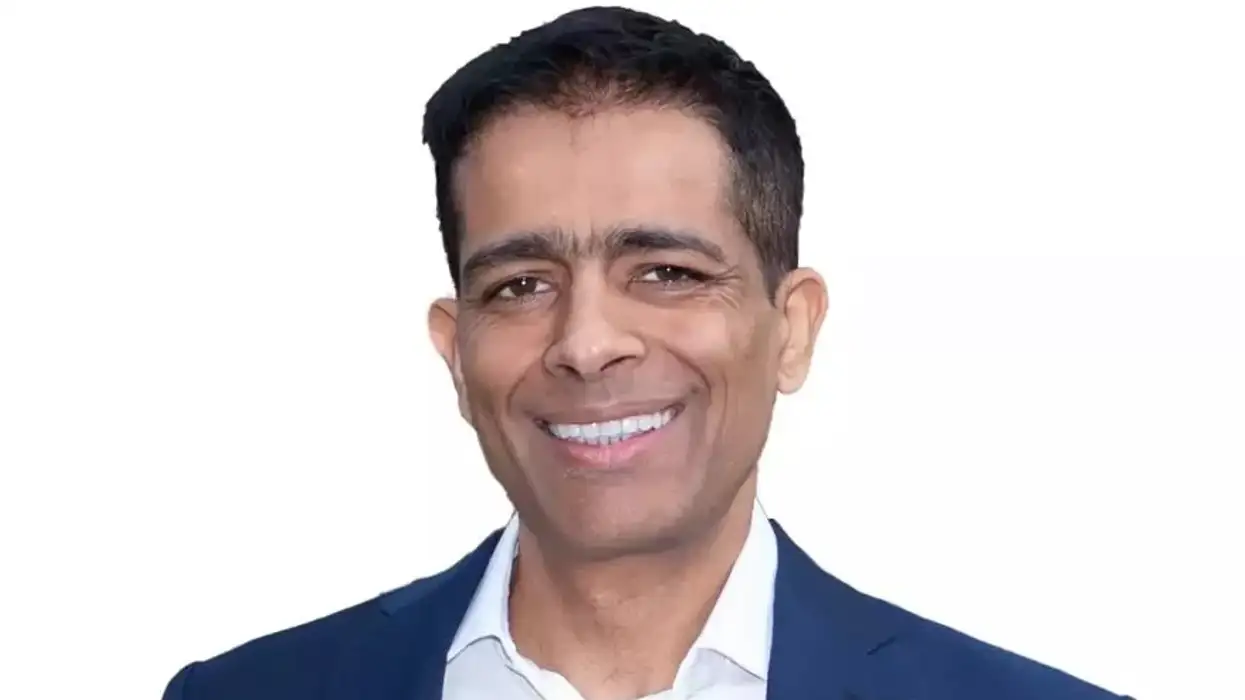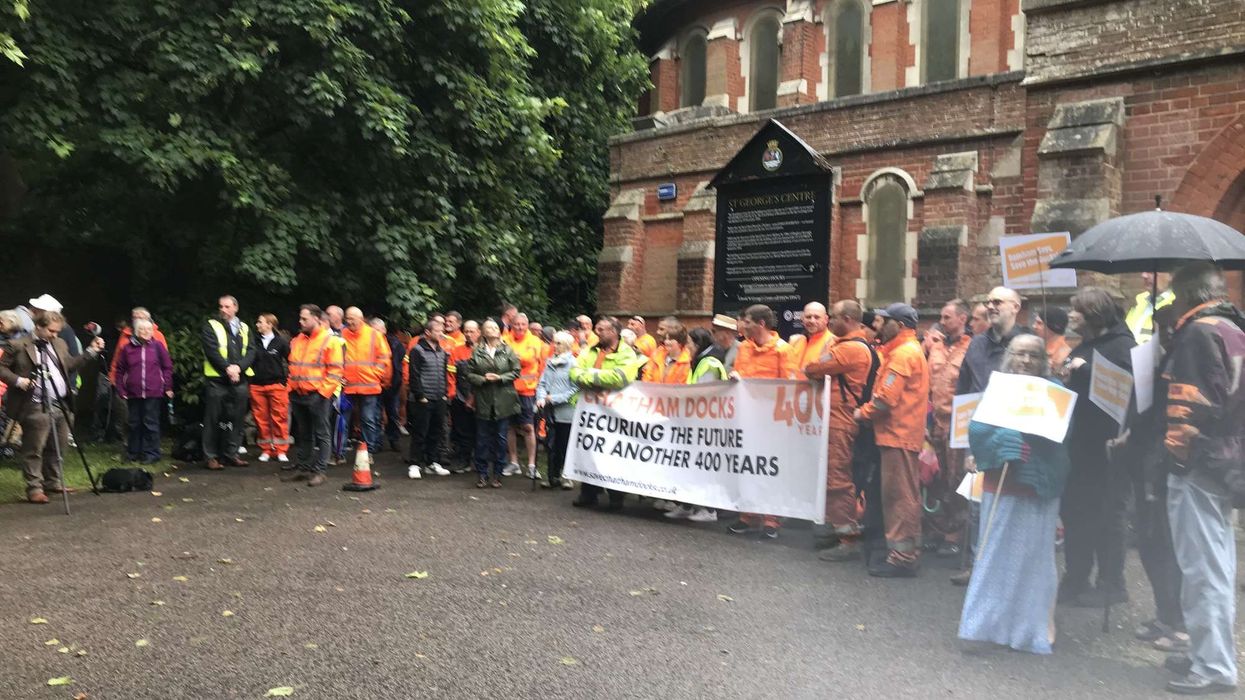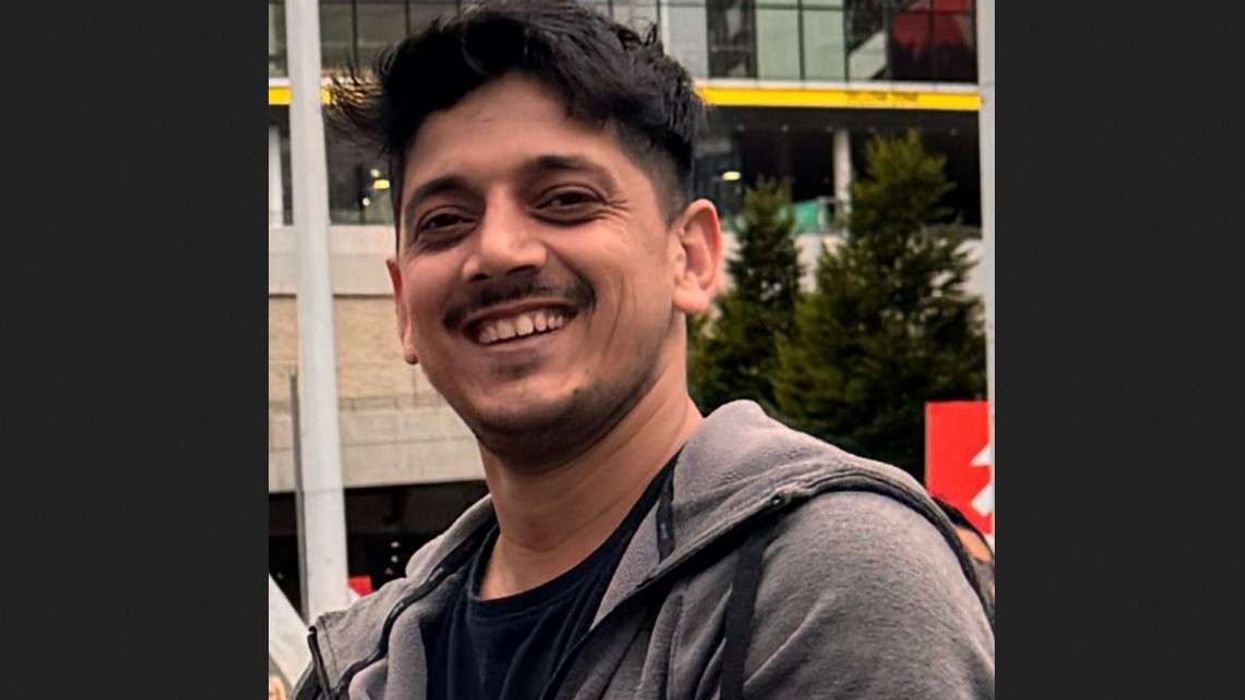After months of speculation and cryptic teaser campaigns, Nintendo has officially announced the highly anticipated successor to its bestselling hybrid console. The Nintendo Switch 2 is set to launch on 5 June, with a price tag of £395.99 for the base package and £429.99 for a bundle including Mario Kart World. With a range of hardware improvements, redesigned controllers, and an exciting lineup of games, the new console aims to build upon the success of its predecessor while introducing fresh innovations.
A Bigger, Sharper Display and 4K Support
One of the most noticeable upgrades in the Nintendo Switch 2 is its display. The console now features a larger 7.9-inch screen, boasting twice the pixel count of the original Switch and supporting full 1080p resolution. Additionally, the display is capable of up to 120 frames per second, ensuring smoother animations, while high dynamic range (HDR) enhances colour contrast for a richer visual experience. Despite these improvements, the Switch 2 maintains the same thickness as the original model, preserving its signature portable form factor.
When docked, the console can output at up to 4K resolution on a TV, allowing players to experience their favourite titles in even greater detail. The improved built-in speakers now support 3D audio, delivering an immersive soundscape whether playing in handheld mode or on the big screen.
Innovative Joy-Con 2 Controllers
Nintendo has also overhauled its signature Joy-Con controllers. The new Joy-Con 2 units attach magnetically to the console rather than sliding onto rails, making them easier to connect and remove. Additionally, the SL and SR buttons have been enlarged, providing a more comfortable experience when using the Joy-Cons as independent controllers.
A particularly intriguing feature is the addition of a rollerball on each Joy-Con, allowing for precise movement akin to a mouse. This was showcased in the game Drag X Drive, a wheelchair basketball title where players use the Joy-Cons to push and steer their in-game wheelchair.
An Exciting Lineup of Games
The Nintendo Switch 2 will launch alongside a strong lineup of first-party and third-party games. Leading the charge is Mario Kart World, a new instalment in the beloved racing series that features an open-world map and globally inspired race tracks. Players will have the freedom to go off-road, exploring new terrains between races.
Fans of The Legend of Zelda can look forward to Hyrule Warriors: Age of Imprisonment, a prequel to Tears of the Kingdom arriving this winter. Other first-party titles include Kirby Air Riders and Donkey Kong Bananza, with the latter scheduled for release on 17 July.
The console will also see support from major third-party developers. The DuskBloods, a dark fantasy adventure from Dark Souls creator FromSoftware, is slated for 2026. Meanwhile, upcoming releases such as Elden Ring Tarnished Edition, Hades II, Split Fiction, EA Sports FC, Madden NFL, Street Fighter 6, and Hitman World of Assassination will be available at or shortly after launch. Additionally, IO Interactive has confirmed the development of a new James Bond game for the platform.
Enhanced Backwards Compatibility and Social Features
Nintendo has confirmed that the Switch 2 will offer full backwards compatibility with most original Switch games. Several popular titles, including Super Mario Jamboree, Breath of the Wild, Metroid Prime 4: Beyond, and Pokémon Legends, will receive enhanced Switch 2 editions featuring improved visuals and new gameplay elements. Owners of the original versions will have the option to purchase upgrade packs rather than repurchasing the entire game.
The Switch 2 is also placing a greater emphasis on social gaming. A newly added "C" button on the right Joy-Con provides instant access to GameChat, an in-game communication system that enables voice chat with friends. The built-in microphone features advanced noise filtering for clearer conversations, and players can share their game screens with others in real time, even if they are playing different games.
Furthermore, a dedicated Nintendo Switch 2 camera, available from launch, will facilitate video chat while gaming. The new GameShare feature allows users to share a single game with up to three other players who can join in using their own Switch 2 consoles.
A Legacy of Innovation
The original Nintendo Switch, launched in March 2017, became the company’s most successful home console to date, selling over 150 million units across its various iterations, including the Switch Lite and Switch OLED. While the Switch 2 does not aim to match the raw power of competitors such as the PlayStation 5 and Xbox Series X, Nintendo continues to focus on innovation and unique gameplay experiences rather than sheer technical specifications.
The introduction of improved graphics, enhanced social features, and an expanded library of games suggests that Nintendo is confident in the Switch 2’s ability to build upon its predecessor’s legacy. With only a few months until launch, anticipation is running high among gamers worldwide.
As the live stream announcing the console came to a close, Switch 2 design director Takuhiro Dohta left fans with one final message: "You’ll have to wait just a little bit longer for launch." For avid Nintendo fans, that wait will feel like an eternity.
